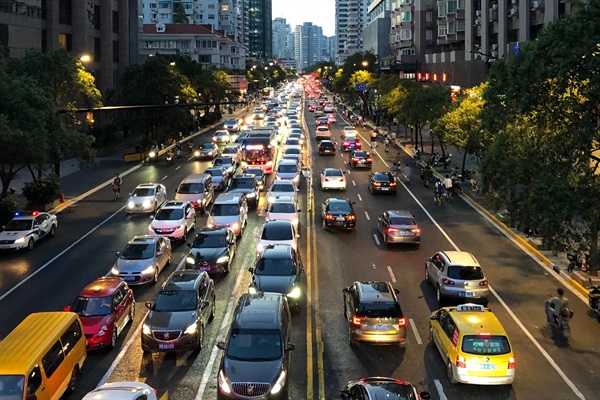Crash Responder Safety Week
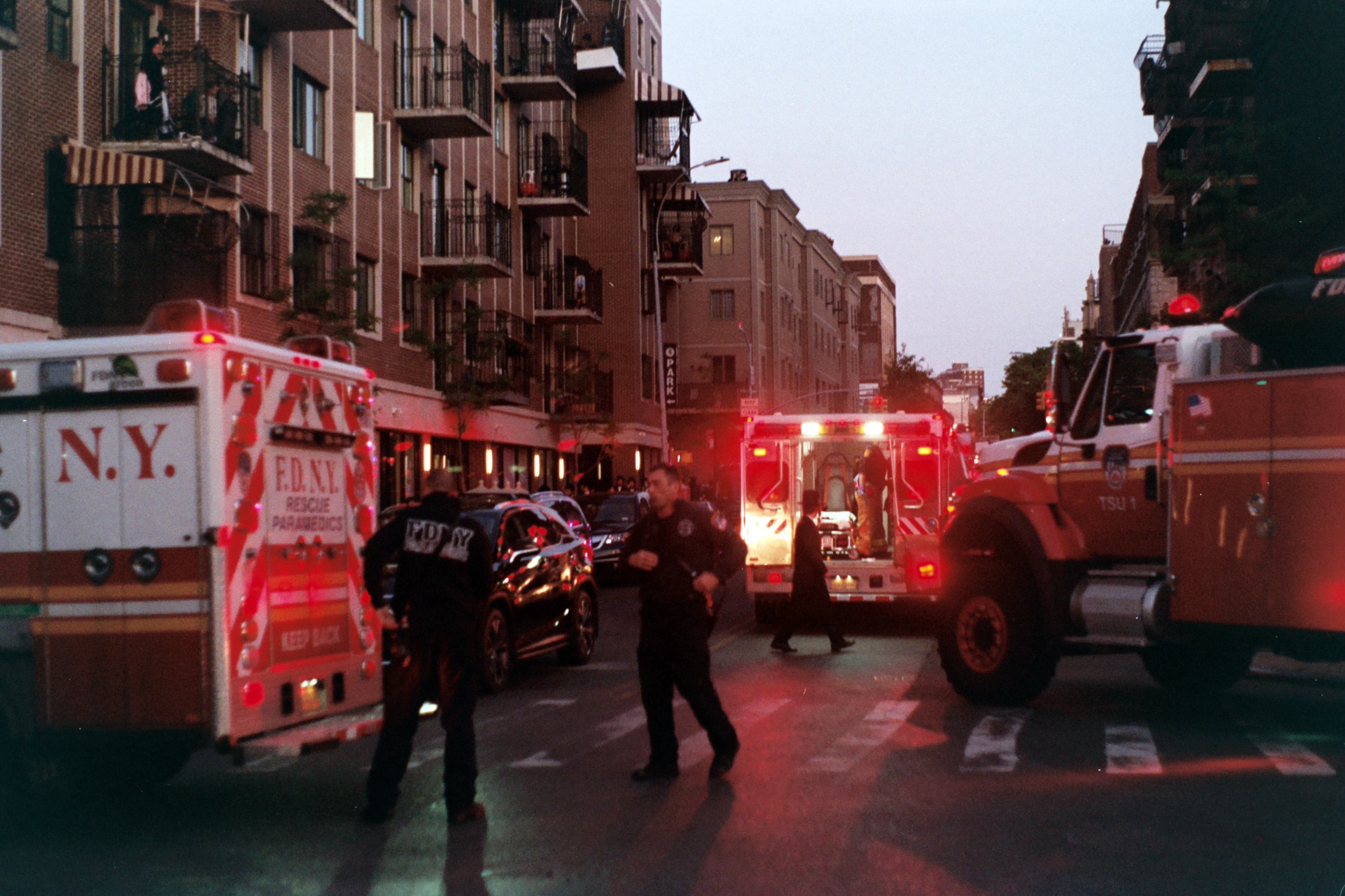
With this year’s Crash Responder Safety Week upon us, the Public Safety Group honors and appreciates all who keep the public roadways safe for travel.
Crash Responder Safety Week acknowledges and supports traffic incident management response communities everywhere. It also educates responders, drivers, and passengers on how to promote public safety at roadway incidents.
Did you know?
|
According to the Emergency Responder Safety Institute (ERSI), this year alone 50 responders have been struck and killed by vehicles while responding to roadway incidents. |
|
|
|
New solutions are being investigated to reduce driver disorientation due to emergency vehicle warning lights. |
|
Since the 1960s, Traffic Management has been a growing approach to handle rapidly-rising traffic volumes. |
|
|
|
In 1960, the first active operating Safety Service Patrol (SSP) was started in Chicago. |
|
More than 288 Traffic Management Centers (TMCs) have been created in the US since the late 1980s to monitor major traffic hotspots. |
|
|
|
Nowadays, TMC operators receive notice of incidents through networks of traffic sensors, relayed 911 calls, vehicle probes, and roadside cameras. |
|
Vehicle “probes” carry radio frequency transponders and can actively transmit location via GPS. |
|
|
|
Roughly 25 percent of total congestion on roads is caused by highway incidents. |
|
With vehicle technology rapidly changing, technical rescue professionals need to be trained in new and notable technology extrication considerations.
|
|
For more relevant tips and resources on promoting firefighter and responder safety in your department, see the links below:
- 10 Practical Tips for Responding and Operating on Roadway and Highway Incidents
- Tips for Safe Emergency Vehicle Operations
- ResponderSafety.com Resources
Looking for a classroom resource covering technical rescue?
The Revised Second Edition of Vehicle Rescue and Extrication: Principles and Practice will help ensure your students are equipped with the critical skills necessary for technical rescue, even in the most challenging environments. This resource provides information on the latest advances in alternative-fuel vehicles, propulsion technology, and other prominent developments in vehicle technology.

Check out a sample chapter from the Revised Second Edition today here.
To learn more about the Revised Second Edition as a dynamic vehicle rescue and extrication resource, please visit go.psglearning.com/vehrescrev2e.
Questions? Please contact your dedicated Public Safety Specialist today.

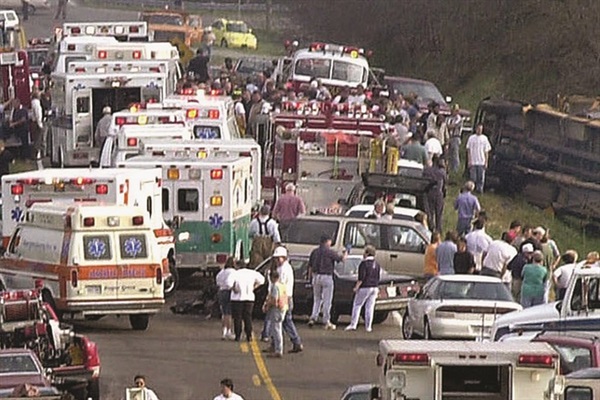
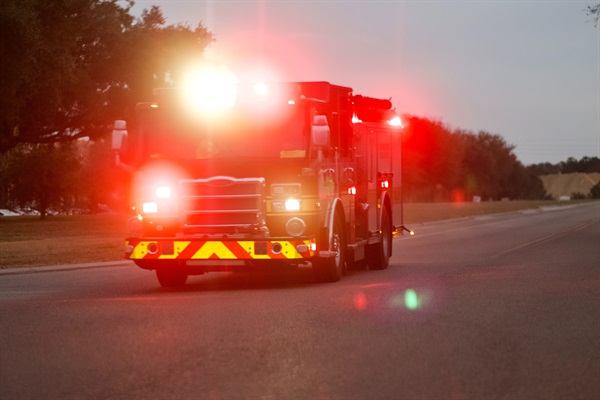
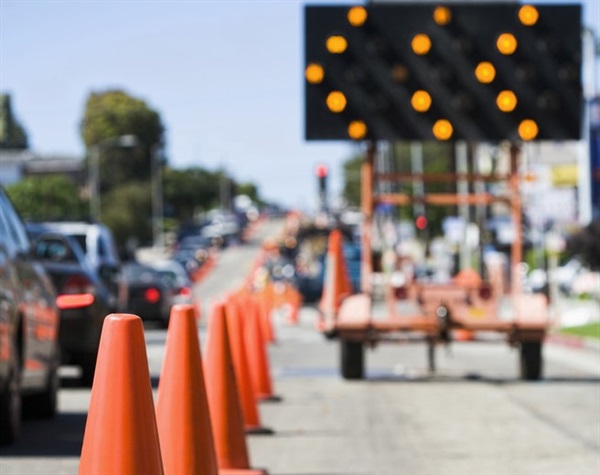
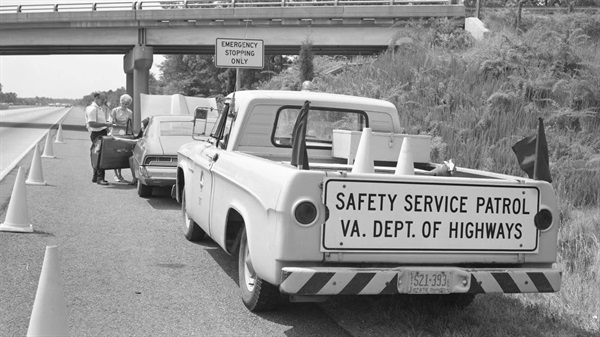
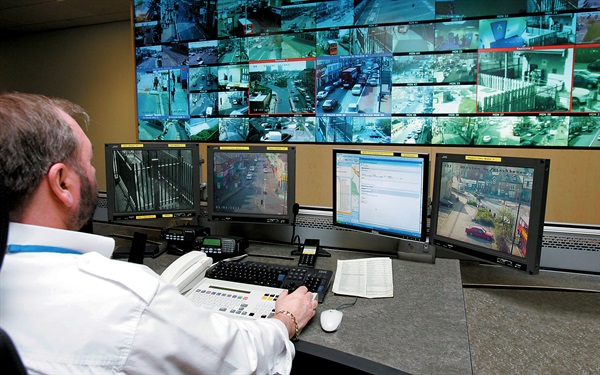
.tmb-prddetail.jpg?Culture=en&sfvrsn=2835bcd3_1)
.tmb-prddetail.jpg?Culture=en&sfvrsn=8611b460_1)
